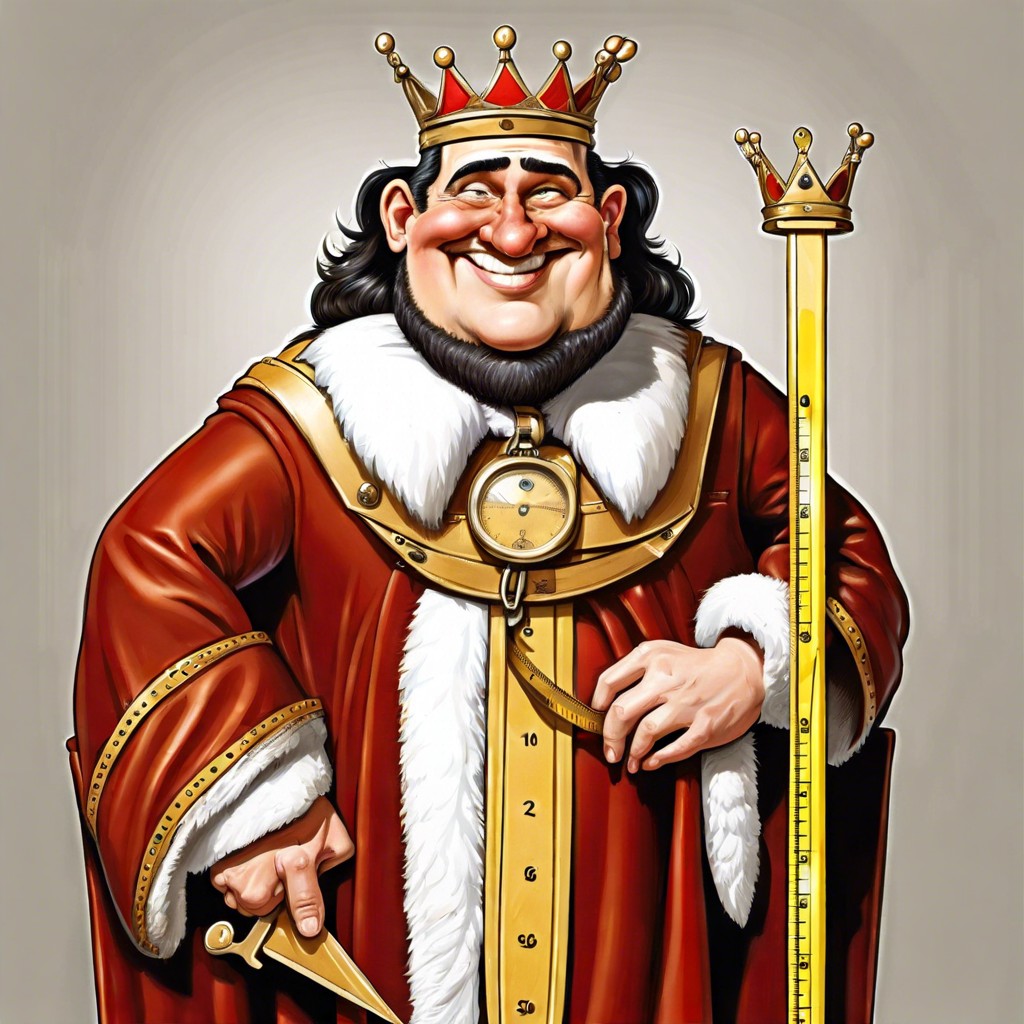Learn the precise dimensions and practical examples of how long a meter is to better understand everyday measurements.
Key takeaways:
- A meter is defined as the length of the path traveled by light in a vacuum during a specific time interval.
- One meter is approximately 3.28084 feet or 39.37 inches.
- A meter is equivalent to 100 centimeters and 1,000 millimeters.
- A kilometer consists of 1,000 meters.
- Estimating a meter can be done using everyday items and body parts, such as an adult’s stride or the width of a door.
Definition of Meter
A meter, officially defined as the length of the path traveled by light in a vacuum during a time interval of 1/299,792,458 of a second, serves as the base unit of length in the International System of Units (SI). Developed from the earlier metric system, this definition has been in use since 1983, reflecting advancements in scientific understanding and precision measurement technologies.
Initially, the meter was determined by the Earth’s meridian, specifically the distance from the Equator to the North Pole divided into ten million parts. Today’s precise definition allows for consistent global standards in science, engineering, and commerce, thereby enhancing international communication and collaboration.
Light’s speed — one of the universe’s constants — offers a stable basis for the meter, making it inherently linked to universal properties rather than physical objects, which might vary slightly over time or under different conditions. This positioning marks a shift from earlier, physical artifact-based measurements to those based on invariable constants of nature.
Conversions of Meters
Understanding how a meter translates into other units of measurement enhances its practical application. One meter equals approximately 3.28084 feet. When broken down further, this also corresponds to about 39.37 inches.
For those who work between the metric and the imperial systems, these conversions are especially relevant. For example, in engineering and construction, materials often require precise measurement in both systems for international projects.
Moreover, a meter is equivalent to 100 centimeters and 1,000 millimeters. This decimal structure simplifies calculations and conversions within the metric system, reinforcing its ease of use in scientific and educational settings.
Lastly, in relation to larger measurements, a kilometer comprises 1,000 meters. This conversion is crucial in geography and large-scale mapping, where kilometers are often more useful than meters for expressing vast distances.
How Can I Measure 1 Meter Without a Ruler?
Even without a ruler, estimating a meter is achievable using everyday items and body parts. Typically, an adult’s step or stride (from heel to heel) is roughly a meter long. For more precise tasks, consider the width of a standard door, which is usually close to 0.8 to 0.9 meters. Alternatively, a standard guitar from end to end is about a meter long.
For a more hands-on approach, stretch your arms out— the distance from fingertip to fingertip of an average adult is often close to a meter, usually around 1.5 to 1.7 meters, so using this measurement can help gauge shorter distances by folding one arm in halfway. These methods provide quick, rough measures and can be surprisingly effective in everyday situations.




